Choosing the perfect time to visit the Grand Canyon National Park is much more than penciling in dates on a calendar; it’s crafting the most enriching experience in one of nature’s grandest theaters.
Within this celebrated UNESCO World Heritage site, the rhythmic flow of the Colorado River shapes the breathtaking canvas where the North Rim and South Rim lie as gatekeepers of beauty unparalleled. Your journey demands the foresight of a seasoned traveler: finding that sweet spot in the year when the soaring eagles are your rafting companions and the lodge’s vantage points are awash with nature’s finest palette.
This guide isn’t just about suggestions; it’s a beacon that will lead you to the moments when the Grand Canyon blossoms in its full, unbridled glory, free from winter’s snow-bound embrace. Ready your senses and set forth on a seasonal quest to unearth the best time to step into this grand expanse, where memory-making is etched in every viewpoint.
Best Times To Visit The Grand Canyon In Spring (March Through May)
Spring is a phenomenal time to visit the Grand Canyon, as nature reawakens and the canyon comes alive with vibrant hues and wildlife. Let’s dive into what makes this season truly unique and explore the weather conditions and the pros and cons of visiting in spring.
Weather Conditions
- March: As winter transitions to spring, expect chilly temperatures, ranging from 45°F (7°C) to 61°F (16°C) in the daytime, while nights still hover near freezing. Snow may linger at higher elevations while the canyon floor begins to warm up.
- April: The climate becomes more pleasant, with daytime temperatures between 52°F (11°C) and 69°F (20°C) and nighttime temperatures settling around 34°F (1°C). Also, snow has become increasingly rare.
- May: The South Rim starts to heat up, experiencing temperatures up to a comfortable 77°F (25°C), while North Rim temperatures remain cooler at around 62°F (17°C). Nighttime temperatures stay cool, creating a refreshing contrast.
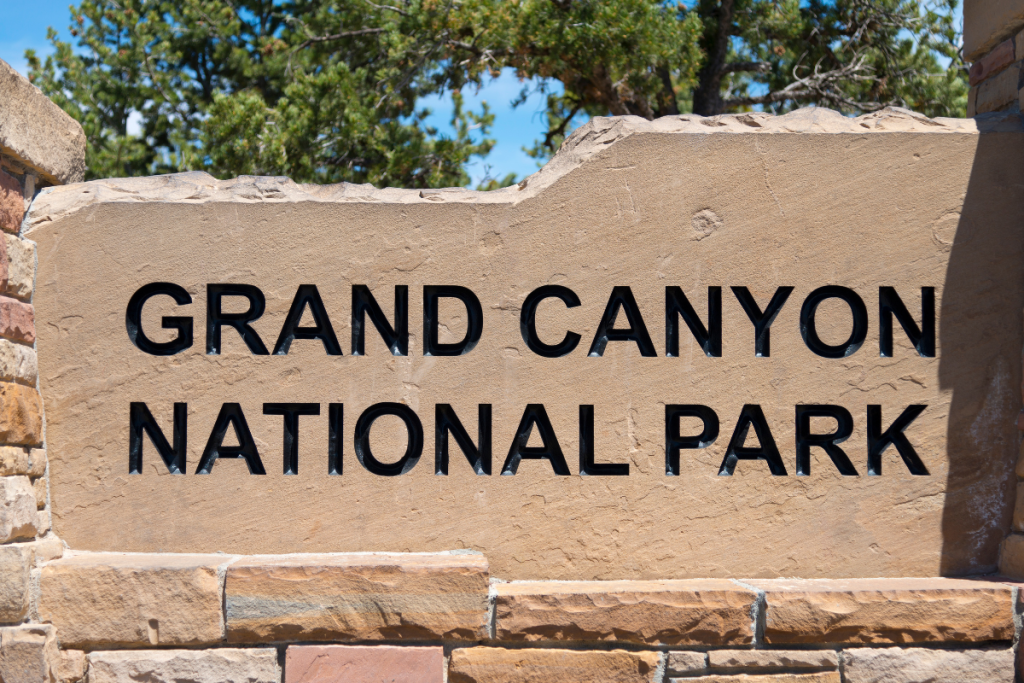
Pros of Visiting in Spring
- Fewer Crowds: Spring is still considered the shoulder season, so expect fewer crowds compared to the busy summer months, especially in March and April. This makes it the ideal time to explore the South Rim and North Rim without the hassle of congested trails and viewpoints.
- Milder Weather: The temperatures are generally pleasant during spring, providing excellent conditions for hiking, photography, and enjoying the mesmerizing canyon sunsets.
- Wildflower Blooms: The Grand Canyon is home to a variety of wildflowers that flourish in spring, adding bursts of color to the landscape.
- Birdwatching: Spring is the migration season for numerous bird species, making it an exciting time for birdwatching enthusiasts.
Cons of Visiting in Spring
- Limited North Rim Access: Until May 15th, the North Rim is generally inaccessible due to snow, leaving only the South Rim as an option during the early spring months.
- Unpredictable Weather: Spring weather at the Grand Canyon may change quickly, resulting in fluctuating temperatures, brief rain, or rare snow showers.
Spring offers a unique experience at the Grand Canyon, full of vivid natural beauty, pleasant weather, and relatively fewer crowds. However, keep in mind the unpredictable weather and limited North Rim access during your visit.
Visiting In Summer (June Through August)
A Grand Canyon summer visit guarantees the adventure of a lifetime. This season sees the bustling Grand Canyon National Park at its thriving best. But what about weather conditions, and what are the pros and cons of visiting in summer? Here’s what to expect when planning your trip during the warmer months.
Weather Conditions
- June: This month blazes the trail for summer, bringing warm to hot temperatures. Expect South Rim temperatures to hit the high 80s (30°C) and occasionally surge to a searing 100°F (38°C). The North Rim is cooler, with temperatures in the 70s (21-26°C), but can reach up to 80°F (27°C).
- July & August: Monsoon season begins mid-July, bringing afternoon thundershowers that offer a refreshing break from the heat, which can peak to over 100°F (38°C) at both rims.
Pros of Visiting in Summer
- Full Access: Both North and South Rim are open, and the West Rim buzzes with activity, providing plentiful opportunities to explore the Grand Canyon’s captivating beauty.
- Vibrant Wildlife: The generous sun allows wildlife in the Grand Canyon to thrive, creating great opportunities for wildlife viewing.
- Sunset and Sunrise Views: Clear summer days offer unforgettable sunrise and sunset views, making for perfect Grand Canyon postcard photos.
- Flowing Waterfalls: Summer is the best season to visit roaring waterfalls within the canyon, especially if you’re adventurous.
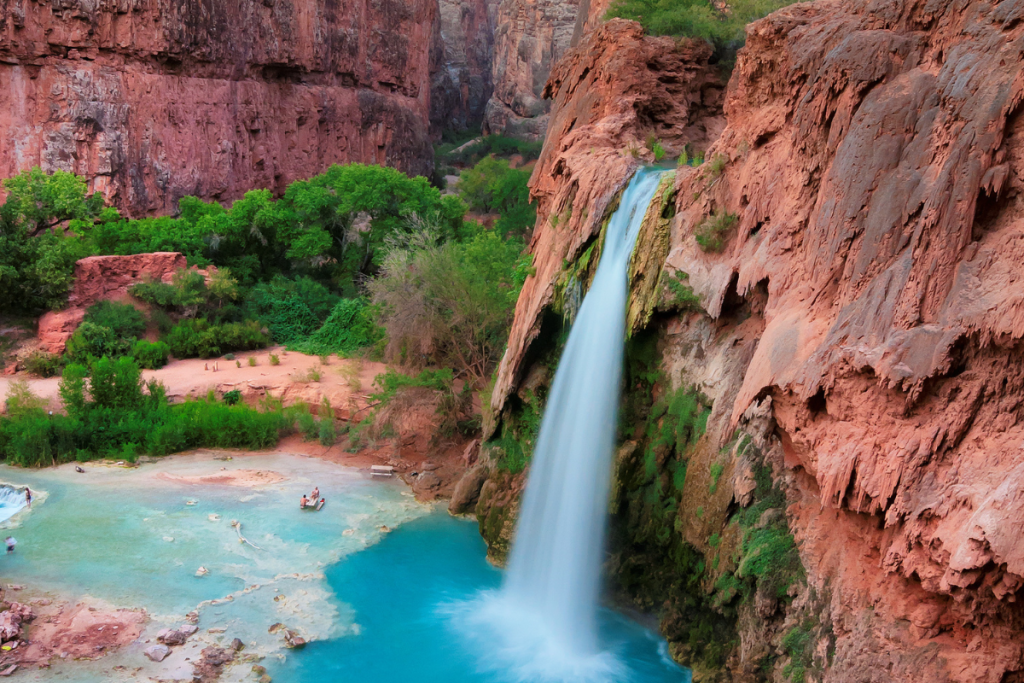
Cons of Visiting in Summer
- Crowds: The peak of the Grand Canyon’s tourist season, with trails and viewpoints brimming with visitors, can be overwhelming if you’re hoping for a serene experience.
- Heat: The temperatures can be scorching, especially in the inner canyon, making any hike physically challenging. Always take water and wear protective gear when trekking.
- Monsoon Rains: Brief afternoon storms, common in July and August, may disrupt your plans and require extra safety precautions, especially along the rim.
- Pricey Lodging: High demand during this season means elevated accommodation costs – the iconic El Tovar Lodge and Phantom Ranch often get booked out quickly.
Summer is a great season to experience the Grand Canyon in its full glory, but make sure to plan your visit well to mitigate the challenges that come with the heavier crowds, heat, and monsoon season.
Visiting In Fall (September Through November)
A visit to the Grand Canyon during the fall is akin to capturing a masterpiece in its finest light. Just as a well-designed logo does more than catch the eye—it’s a critical facet of branding—timing your visit for autumn can elegantly enhance your experience at this natural wonder. By examining weather conditions and considering the seasonal pros and cons, you can determine the best time to visit the Grand Canyon, ensuring your memorable and distinctive trip.
Weather Conditions
- September’s Balance: The Grand Canyon welcomes a milder climate; warm yet enjoyable, perfect for the time of year to visit where the harmony of temperatures ranges from the comfortable 70s°F to
- October’s Tranquility: As the day’s edge into coolness with averages in the 60s°F, the scenes are crisp and clear—a prelude to the snow that will soon dust the North Rim.
- November’s Prelude to Winter: With the North Rim often closed owing to early snow and the South Rim presenting cooler temperatures, the Grand Canyon National Park readies itself for the winter hush.
Pros of Visiting in Fall
- Visual Feast: Witness the South Rim alive with color—this is the Grand Canyon in its autumnal prime.
- Perfect Hiking Weather: Less crowded paths and ideal temperatures create the best conditions to trek through the canyon.
- Wildlife Wonders: Spot the array of animals against the backdrop of the changing leaves—an underrated gem when you visit the Grand Canyon.
- Rafting Retreats: The Colorado River’s gentler flow during fall offers a unique and breathtaking perspective via raft.
Cons of Visiting in Fall
- Early North Rim Closure: As the best time to visit is often considered, the North Rim’s limited accessibility post-mid-October due to snow is a critical detail for itinerary planners.
- Decreasing Daylight: Shorter days constrict outdoor activities—though it often makes for more spectacular sunsets.
- Weather Whims: Autumn carries the possibility of sudden chill or unexpected flurries, dressing the Grand Canyon in an unpredictable, yet stunning, attire.
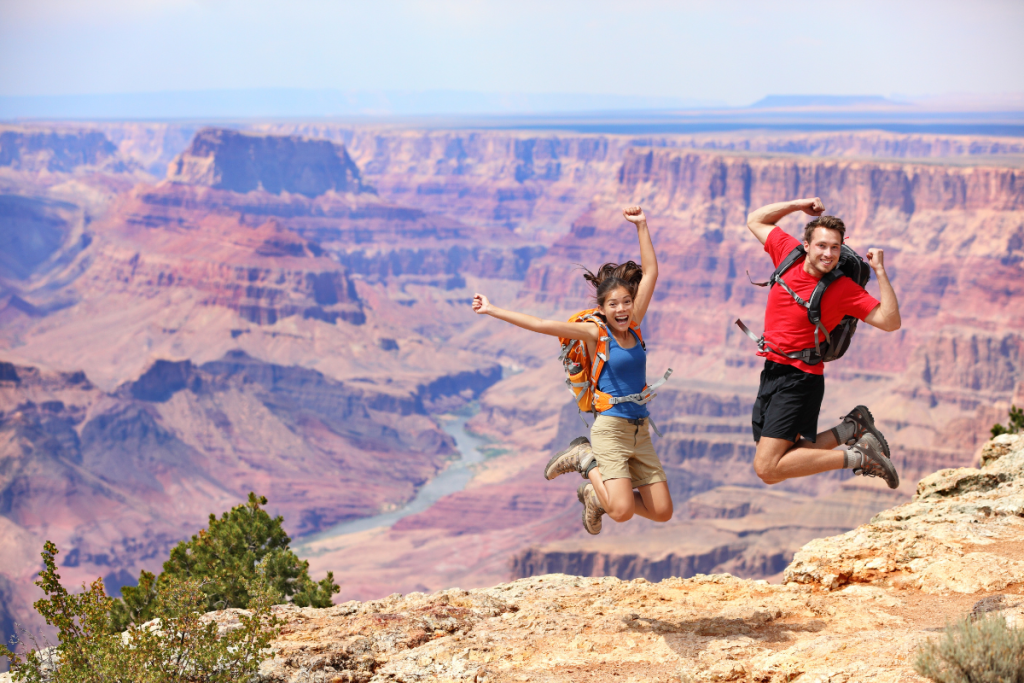
Mastering the art of timing, much like acing brand representation, is key in achieving the ultimate Grand Canyon experience in the fall. A visit during these months can be profound, with nature’s palette on full display and trails less traversed. Secure your lodge in anticipation; this coveted time of year to visit the Grand Canyon does not remain a secret among avid explorers for long.
Visiting In Winter (December Through February)
If you’re looking to visit the Grand Canyon at a time when it’s wearing its pristine winter coat, here’s what to expect from December through February. Embracing winter at the Canyon is more than just bracing for the cold; it’s stepping into a quiet, undisturbed wonderland. As you weigh the weather conditions and potential upsides and downsides, you’ll discover how a winter trip to the Grand Canyon can create transcendental memories.
Weather Conditions
Winter weather brings temperatures ranging from a chill 30°-40°F (-1°-4°C), and the canyon becomes a haven of snow and ice. Snowfall primarily affects the North Rim, which is closed due to snow, while the South Rim remains open all year round, offering a snow-capped spectacle along the rim.
Pros of Visiting in Winter
- Decreased Crowds: One of the best times to visit the Grand Canyon for intimate encounters with nature. Fewer crowds mean fitting the Bright Angel Trail or Rim Trail walks into your day trip comfortably.
- Breathtaking Vistas: Snowy weather paints the canyon in dazzling white—truly a sight to behold.
- Budget-Friendly: Winter is a great season for off-peak discounts on canyon tours and lodgings like the historic El Tovar Lodge.
Cons of Visiting in Winter
- Restricted Accessibility: Only the South Rim is open in winter, with trails and roads sometimes closed for safety due to snowy conditions.
- Limited Activities: Some canyon activities may be off-limits, and your time to explore the Grand Canyon may be condensed with shorter daylight.
- Cold Weather: Be prepared for harsh temperatures, especially if you’re hoping to stay overnight at Phantom Ranch within the canyon.
The Grand Canyon may not have a bad time to visit, but what makes a perfect Grand Canyon visit really depends on what you want. If you want to avoid the summer tourist influx, the shoulder seasons of spring and fall or the quiet snowy vistas of winter offer respite. If you’re planning your trip for a lifetime experience, remember—every season gifts its unique flair.
In essence, your plan to visit the Grand Canyon should consider everything from the temperature swing between summer months and snowy winter to the monsoon season and the unique offerings of each rim. If solitude with splendid scenes, seemingly untouched by time, inspires your spirit, winter may indeed be your ideal time, painting your journey with strokes of quietude and chilly charm.

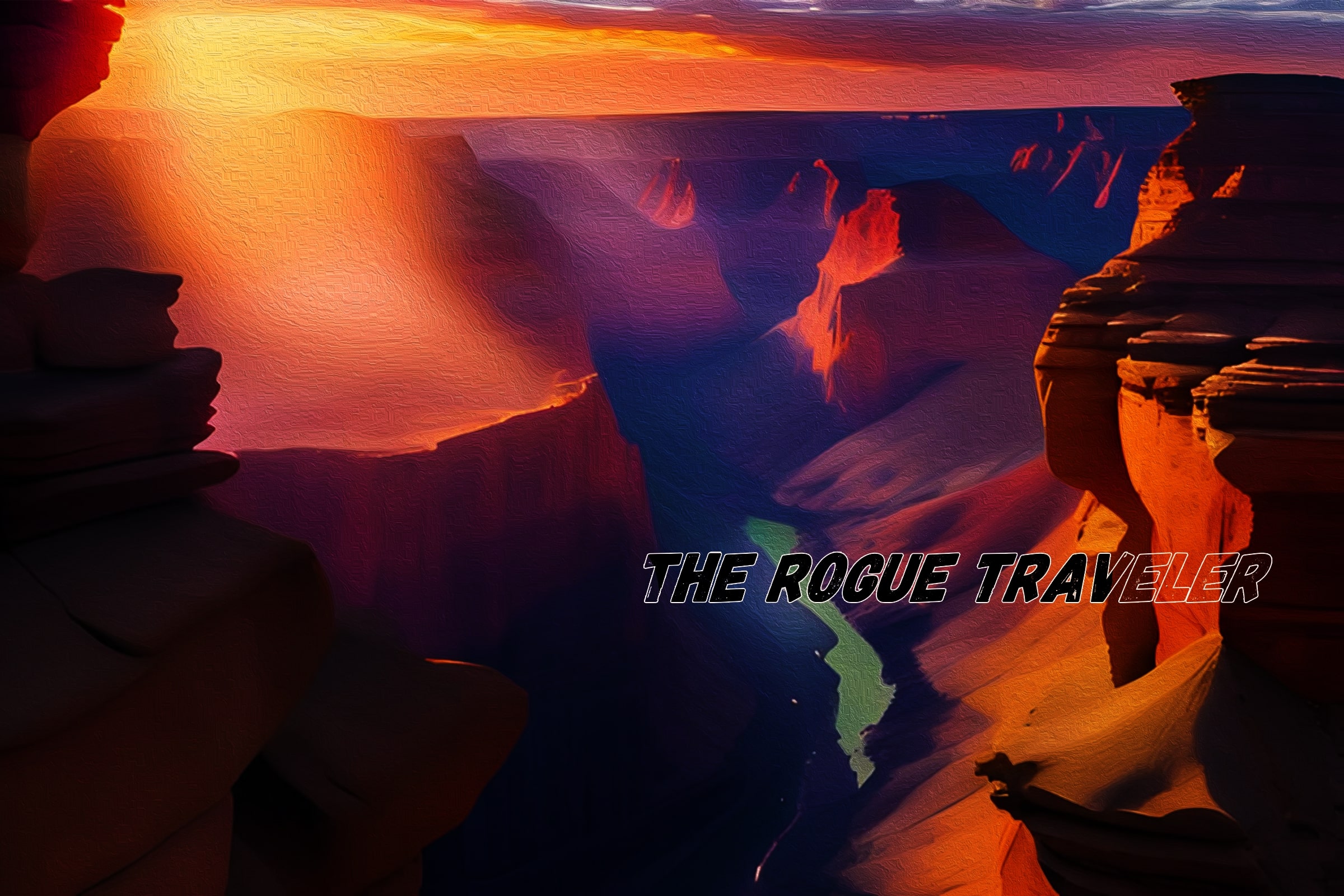

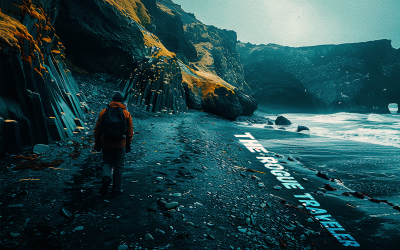
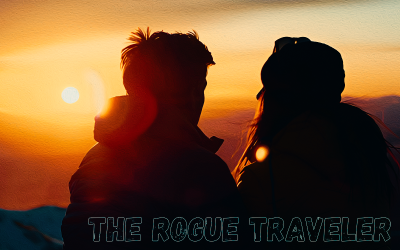
0 Comments